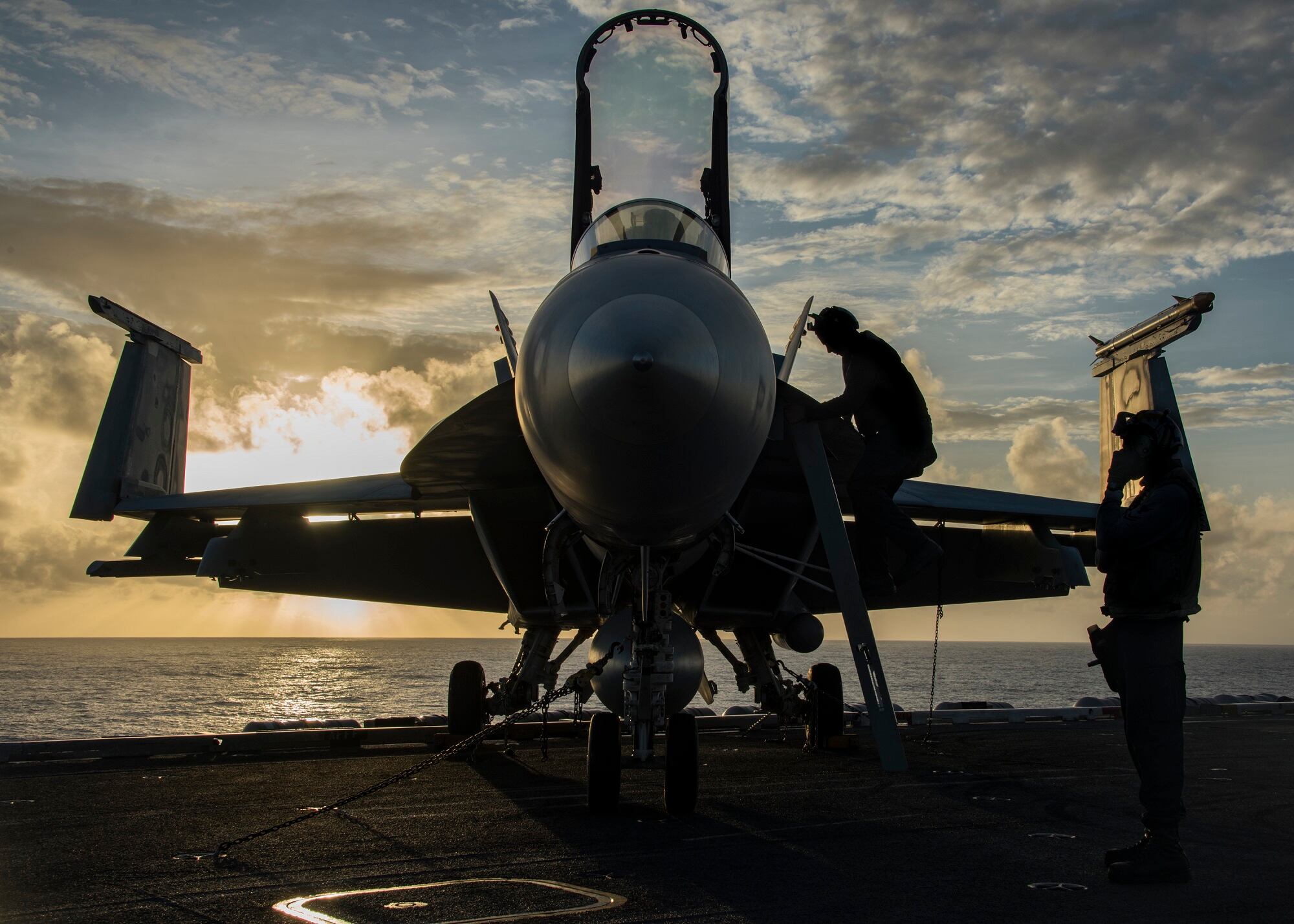In future conflicts, information will reign supreme. Gone are the days when the winner of a conflict will be the one that brings the most capacity and breaks the most things.
Rather, “future conflicts are probably going to be decided by the side with an information advantage,” Air Force Brig. Gen. Chance Saltzman, director of current operations, deputy chief of staff for operations, said at the Space Computing Conference hosted by MITRE on June 6.
“It might be the [sides] that find exactly the right thing to break or the exact right pressure point, and that’s going to be about information advantage.”
Underpinning this information advantage is what the Air Force is calling multidomain command and control. This can be summed up best as independently generating effects across space, air and cyber — not in support of just air operations — to create multiple and continuous dilemmas for adversaries.
RELATED

“It’s more than systems in one domain supporting operations in another domain. That’s necessary but not sufficient,” Saltzman said.
“Multidomain ops has to be characterized by high-velocity operationally agile operations … our actual operational constructs are not designed to optimize command and control across multiple domains. It’s designed to support space or air or cyber; it’s not designed to comprehensively integrate those capabilities to achieve synergistic effects. That’s just not the design.”
The essence of the command and control problem set, Saltzman said, is that due to the proliferation of advanced sensors and networks dispersed across the world the military will have collected data on everything in future conflict, but it might not have the ability to sort out actionable information to make decisions in an operationally relevant tempo.
“Right now, though, we don’t really have a command and control structure that supports that kind of operation,” he said.
RELATED

Moreover, despite the “tremendous sensors” deployed, Saltzman said the military is still not leveraging state-of-the-art technologies, such as basic automation, machine learning, artificial intelligence and data sharing.
Complicating matters more, there aren’t architectures or polices in place to optimize command and control even if they were leveraging these technologies. The current force is built around stovepiped data feeds. This makes it hard to apply artificial intelligence and machine learning algorithms to large sets of data, because the algorithms can’t gain universal access to the data in order to be correctly trained.
“If we go back to the premise about it’s the side with an information advantage that’s going to be able to direct those forces more appropriately, then we really need to be thinking about C2 from a data standpoint,” Saltzman said.
“How do we manage the information that’s going to be available to us so that we can achieve a strategic advantage through decision speed?”
Saltzman said they need to have the right enabling polices in place, more access to large data sets across different platform sensors and decision makers and a network that enables all that.
Mark Pomerleau is a reporter for C4ISRNET, covering information warfare and cyberspace.








